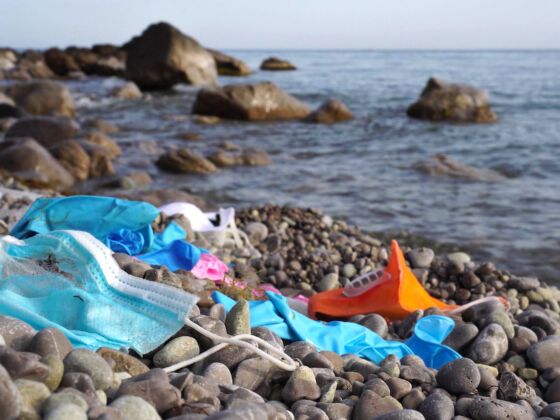Just before the COVID-19 pandemic, there seemed to be nothing trendier in the tourism industry than sustainability programs. Being the greenest, most eco-friendly hotel, airline, or tour operator was a competitive selling point, one that, in a rare occurrence, benefited business owners and the planet alike.
But like just about every aspect of the travel industry, sustainability programs were immediately altered by the coronavirus, with some eco initiatives becoming suddenly incompatible with new health protocols. It wasn’t as if there was a calculated shift to punish the earth; it’s that businesses had to introduce these health protocols very quickly to stay afloat, and that meant — understandably — introducing safety precautions like ensuring certain objects were not being reused, while keeping human contact to a minimum.
